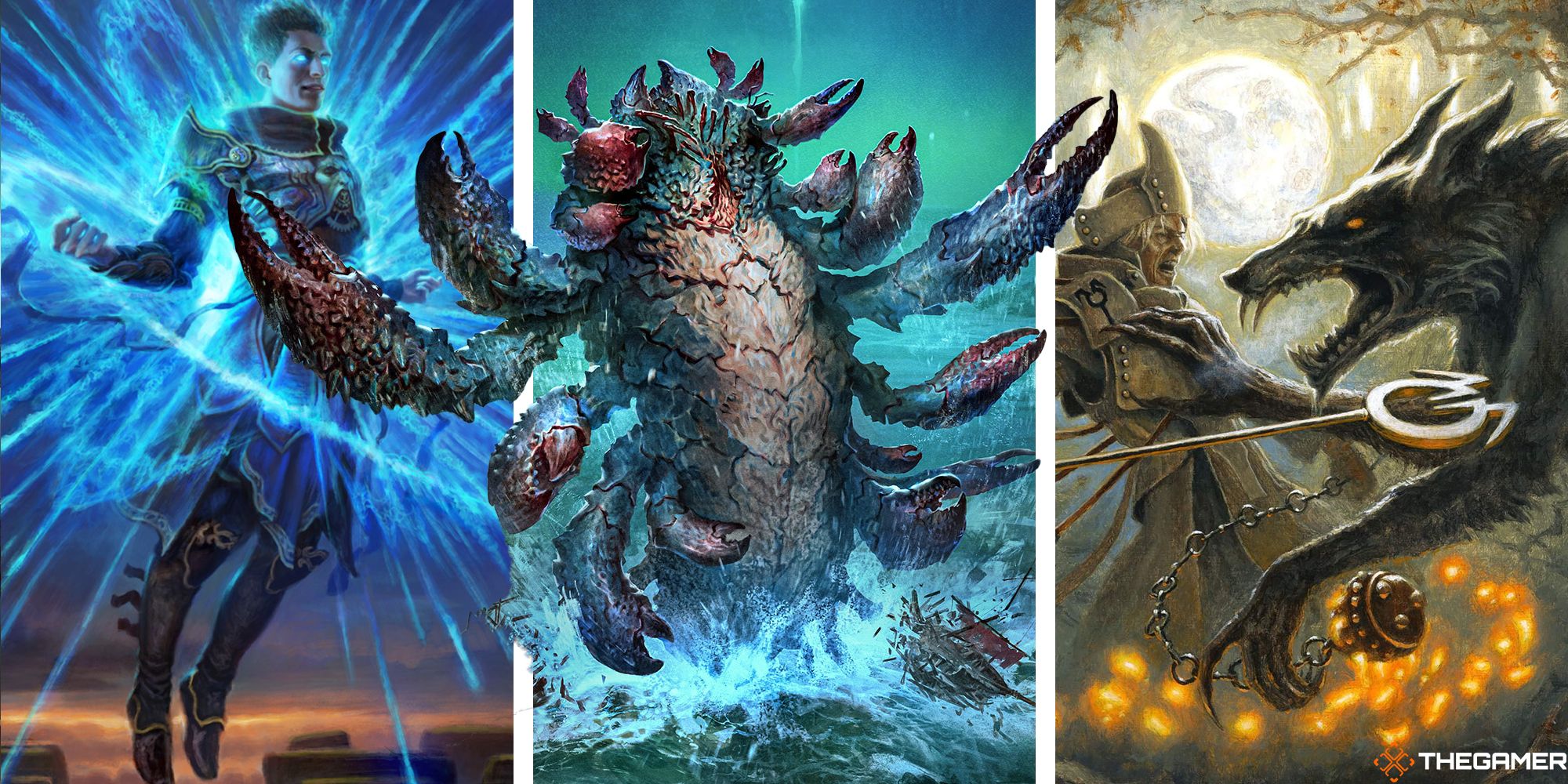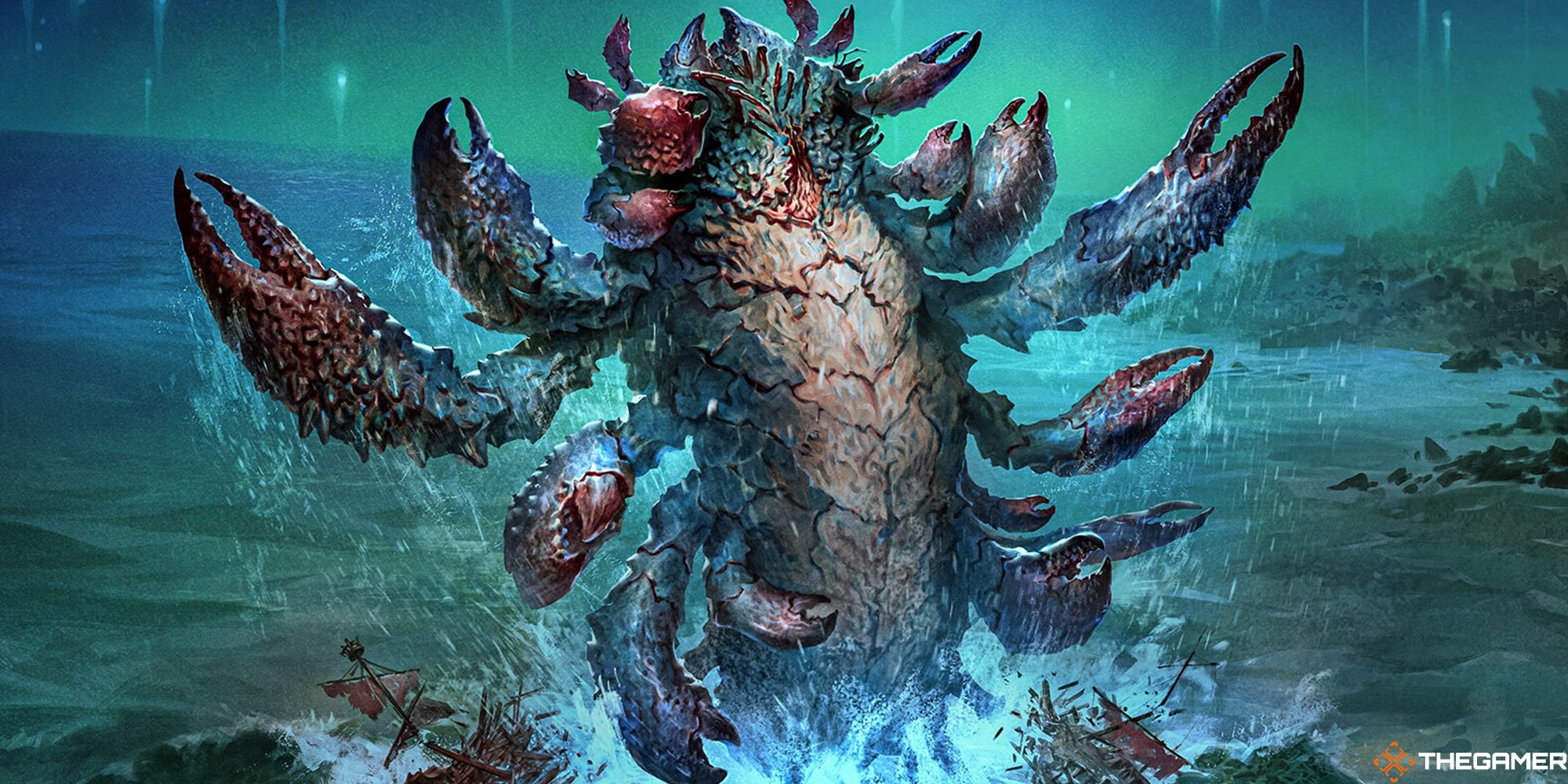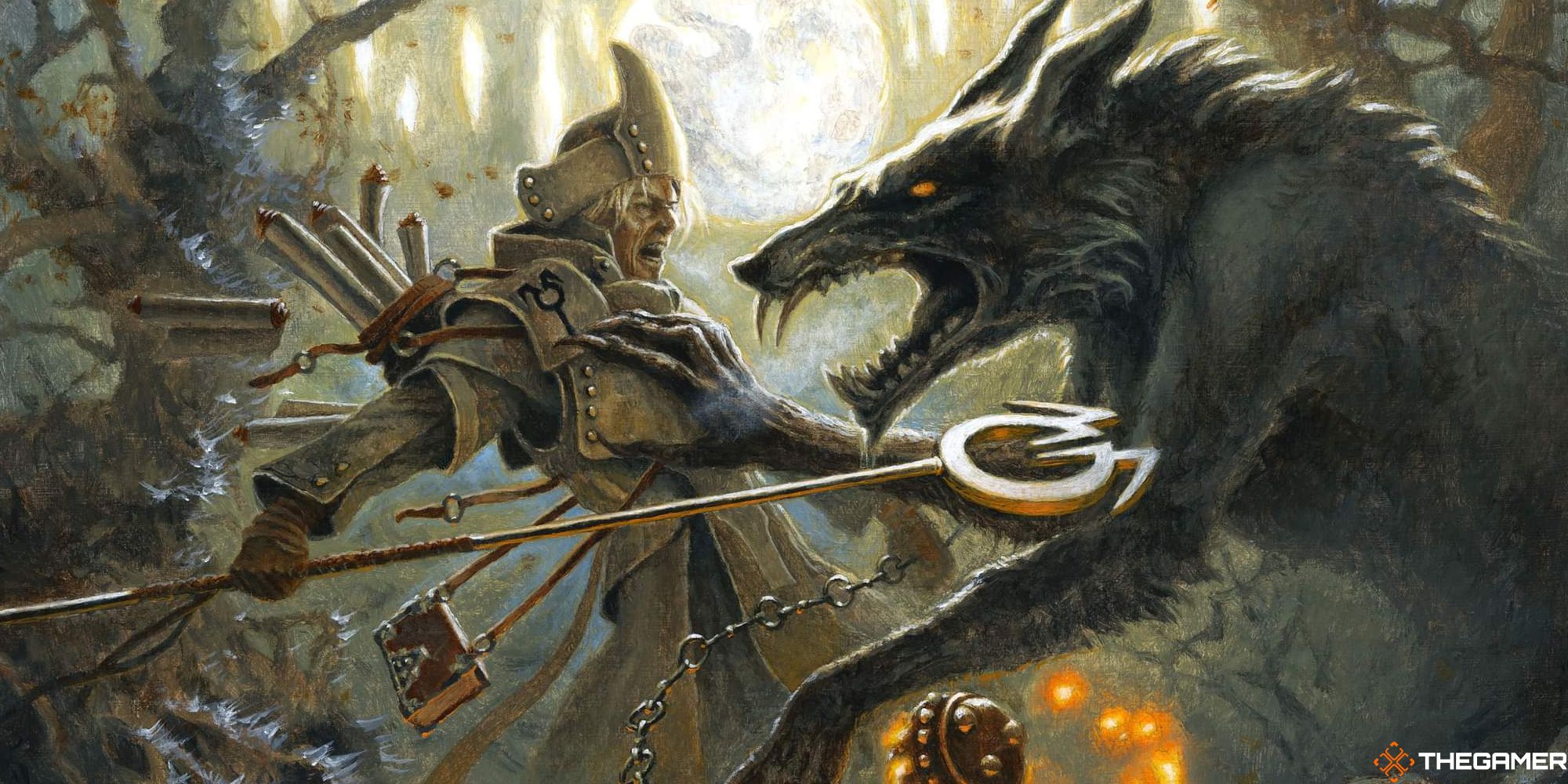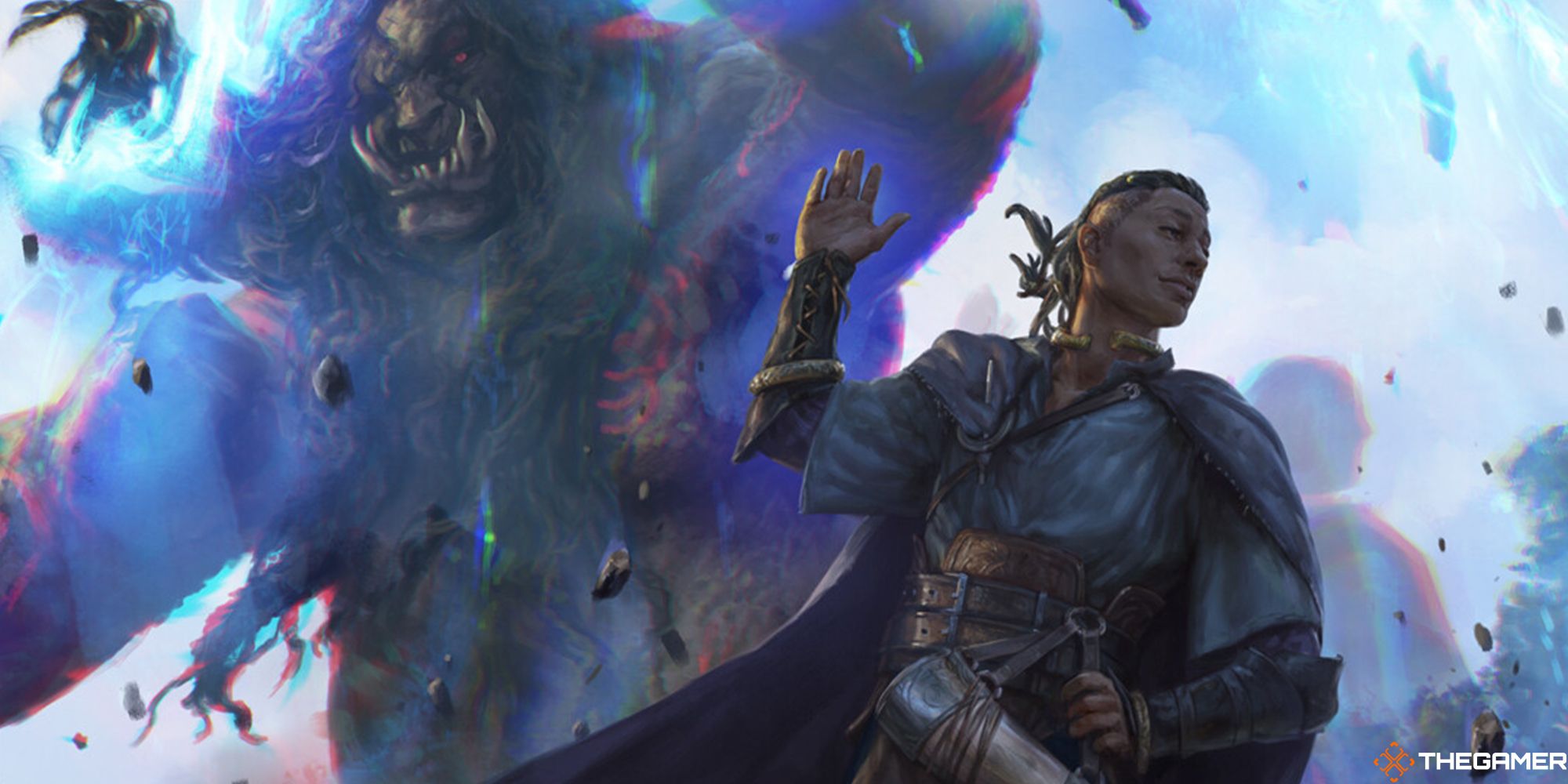When playing Magic The Gathering, it's sometimes better to take a more responsive strategy. You can have as many creatures as you like, but if your opponent is the one deciding what is and isn't happening in the game, you're dead in the water.
With control decks, you take charge of the game. What spells resolve, which creatures can attack, and even what stays on the battlefield are all yours to decide. Disruptive and difficult to manage, control decks are one of the most oppressive archetypes in the game. Here is everything you need to know about MTG control decks.
What Is A Control Deck?
Control decks are effectively the Aikido of Magic – you're not really doing your own thing; you're reacting to what your opponent does to stall them out and win through a war of attrition. You're using their own weaknesses against them.
In Magic, there is this vague concept of "gas", or window of opportunity a deck has to push ahead before it sputters out and fails. For example, aggro decks run out of gas quite quickly – once an opponent builds up a defence, it's tough for them to claw their way back on top. Control decks seek to use this to their advantage and will control the board, knock out key pieces, limit resources, and counterspells that your opponent wants to resolve until their deck sputters out and dies on its own.
To slow your opponent down, Control decks use counterspells like Saw It Coming, and Dissipate; removal such as Heroic Downfall, The Meathook Massacre, and The Wandering Emperor. In some formats, they may even use 'Prison effects' or 'Stax' that prevent your opponent from taking actions in the first place (like Ghostly Prison, Smokestacks, Propaganda).
A key component of control decks is 'card advantage' –how many cards you have immediate access to at any given moment. While most decks will deplete their hand throughout a game, control decks will try and draw as many as possible to keep their options for interaction open. After all, you can't control a game if you don't have any cards in your hand to cast.
The tricky thing about control decks is that purely reacting to your opponent won't let you win. You need some way of closing out the game, so control decks often borrow elements from either aggro or combo decks. Aggro-control will use creatures to attack and focus their control strategy on protecting them and keeping them unblocked. In contrast, a Combo-control deck uses a few immediate win conditions (for example, casting Approach of the Second Sun twice) instead of going to combat.
Common Control Decks
Though all control decks all try and put the game in a chokehold, how they do it can be very different.
- Blue Control decks are the archetypical control deck, and aim to control the game with plenty of instants and sorceries. Both bounce effects (returning things to their controller's hand) and counterspells are common in blue, as are ways to gain serious card advantage like cantrips and draw spells. Unfortunately, blue lacks in other significant ways like dependable creatures and permanent removal. It'll more often be paired up with other colours like white (to make Azorius Control) or black (for Dimir Control).
- Instead of relying on instants and sorceries, Stax decks control the game with permanents. This is one of the 'meanest' types of control deck, as it's possible to completely lock an opponent out of the game. By using cards like Smokestacks; Braids, Cabal Minion; Stasis, and Winter Orb, you're making it almost impossible for your opponent to do anything or keep any permanent on the board. Stax is incredibly rare in formats like Standard, as it's considered an 'unfun' strategy, but you'll see it more often in eternal formats like Legacy, Vintage, and Commander.
- Mono-Black control decks tend to focus on forcing your opponent to get rid of their own stuff. Hand destruction (discarding and exiling cards in your opponent's hand) is a big part of mono-black strategies, thanks to cards like Thoughtseize and Duress. Forced sacrifice is also a big part of it, as making your opponent sacrifice their own creatures gets around protective effects like indestructible and hexproof. Though black is fantastic at clearing out creatures, it falters when it comes to other permanents, making pre-emptive hand destruction all the more critical.
Building A Control Deck
When building your control deck, you need to keep two things in mind: card advantage, and your mana pool.
You'll be casting lots of spells, and having a hand full of counters makes you effectively untouchable. In the current Standard format, Iymrith, Desert Doom is a popular blue creature because of how it's simultaneously a decent beater (to close out those games) and also a great source of card draw. Memory Deluge, Fateful Absence, The Restoration of Eiganjo and Reckoner Bankbuster all see play as well.
There's no point in drawing so many cards if you don't have any way to cast them, which is why you'll often find control decks run more lands than other archetypes. In Standard, you're looking at running between 25-27 lands in the average control deck, to ensure you've always got untapped mana ready for interacting with your opponent.
One of the trickiest bits of making a control deck is finding the balance between your control elements and your win condition. Stick too tightly to control and all you'll achieve is dragging out the game long after it was fun, but lean too heavily into aggro or combo and you may as well scrap the control element and go all-in on the other style. Having tools that can serve a role in both aspects of your deck (like Iymrith, Desert Doom) can help a lot with this and ensure you have ways to actually close out the game.




